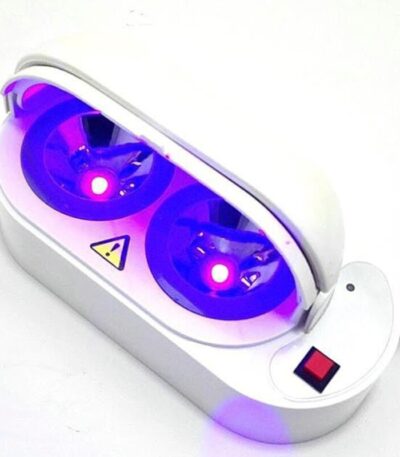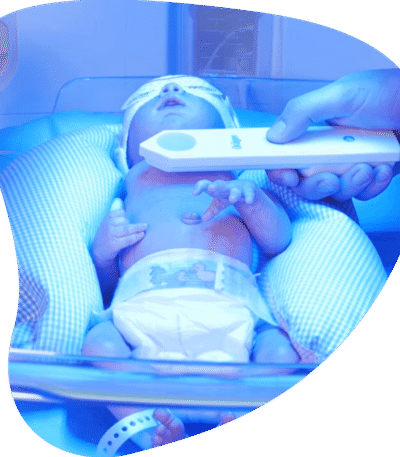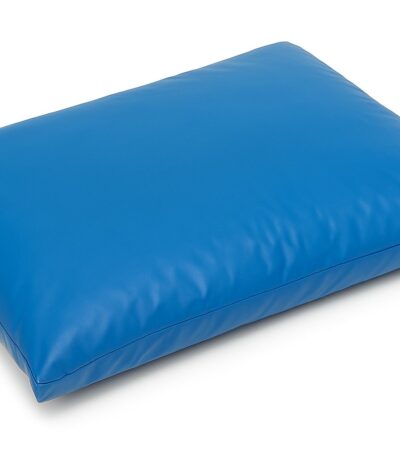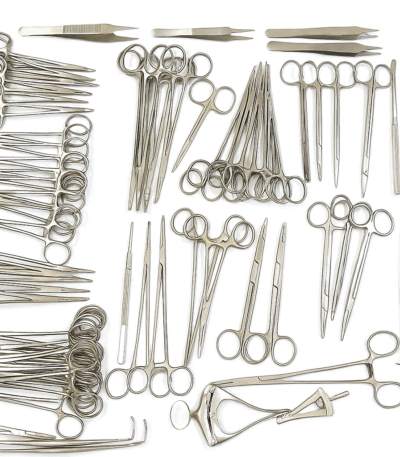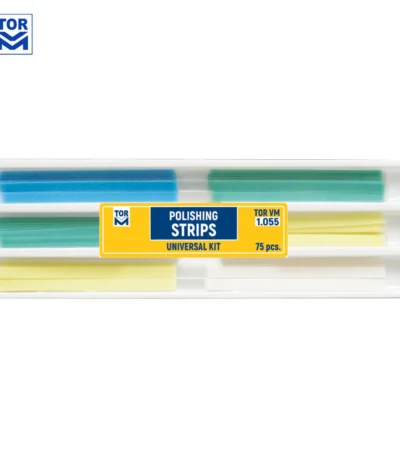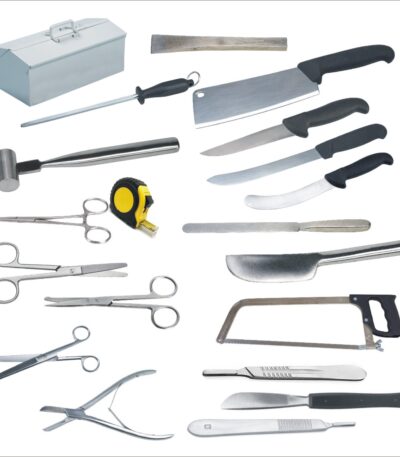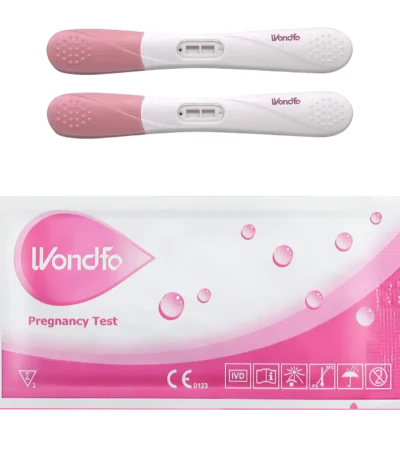Filter by price
Stock status
Showing 445–456 of 575 results
Phosphorus Reagents
Principle of Measurement
1. UV Phosphomolybdate Method (Most modern analyzers)
How it works:
-
Inorganic phosphate reacts with ammonium molybdate in an acidic medium.
-
Forms a phosphomolybdate complex.
-
The complex is measured photometrically in the UV range (usually 340 nm).
-
The absorbance is directly proportional to phosphate concentration.
Advantages:
-
Fast and highly specific
-
Suitable for fully automated analyzers
-
Minimal interference
2. Reduced Phosphomolybdate Method (Colorimetric)
How it works:
-
Phosphomolybdate complex is formed.
-
The complex is reduced to a blue-colored compound (“molybdenum blue”).
-
Measured at 600–700 nm, depending on dye.
Advantages:
-
Strong color intensity
-
Stable reaction for manual or semi-automatic systems
Reagent Components
Phosphorus reagent kits typically include:
R1 (Acid/Molybdate reagent)
-
Ammonium molybdate
-
Sulfuric acid or perchloric acid
-
Stabilizers
-
Surfactants
-
Preservatives
R2 (Reducing reagent) (if applicable)
-
Reducing agents (e.g., ascorbic acid, stannous chloride)
-
Dye stabilizers
Some kits are single-reagent formulations.
Packaging Formats
-
Liquid-stable ready-to-use reagents
-
Two-reagent systems (R1 + R2)
-
Analyzer-specific cartridges
-
Optional calibrators and controls
Common volumes: 25 ml, 50 ml, 100 ml, 250 ml.
Photo Tester
Lenses photochromic tester
Phototherapy Light with lightometer
Designed for neonatal use in the treatment of newborn jaundice by delivering therapeutic blue-spectrum light to break down excess bilirubin in infants.
Phototherapy Light without lightometer
Designed for neonatal use in the treatment of newborn jaundice by delivering therapeutic blue-spectrum light to break down excess bilirubin in infants.
Pillow with Mackintosh
This pillow is filled with soft, high-quality fiber or foam and encased in a Mackintosh (PVC or rubberized) waterproof cover. The cover prevents penetration of liquids such as sweat, spills, or other body fluids, ensuring hygiene and extending the life of the pillow. It is particularly useful in wards, maternity units, and patient care environments where cleanliness is critical.
Plastic Surgery set
The Plastic Surgery Set is a comprehensive collection of fine, precision-engineered stainless steel surgical instruments specifically designed for reconstructive and cosmetic surgical procedures.
This set typically includes:
-
Scissors (Straight & Curved): For cutting delicate tissues with precision.
-
Tissue Forceps: Used to hold, manipulate, and stabilize soft tissues during surgery.
-
Needle Holders: Designed for suturing with firm grip control.
-
Dissecting Forceps: For separating and handling tissues.
-
Retractors: Used to hold back skin, muscles, or tissues to provide better access to the surgical area.
-
Skin Hooks: For gentle retraction of skin edges.
-
Spatulas and Elevators: To lift, shape, or separate tissues during grafting and contouring.
-
Clamps and Hemostats: For controlling bleeding by clamping blood vessels.
Point of Care Clinical Chemistry Analyzer – SMT-SD – Seamaty
Key Features and Specifications
-
Sample Type: Whole blood, serum, or plasma
-
Sample Volume: Approximately 0.09 mL (90 µL) to 0.12 mL (120 µL)
-
Testing Time: About 12 minutes per test
-
Analyzer Size: Around 25 cm (length) × 20 cm (width) × 30 cm (height)
-
Weight: Approximately 4–4.6 kg, making it portable and easy to move
-
Detection Principle: Photo-electric colorimetry and transmission turbidimetry
-
Reagent Format: Single-use reagent discs containing lyophilized reagents
-
Data Storage: Can store up to 500,000 test results
-
Connectivity: USB and LAN ports for data transfer and integration with laboratory systems
-
Maintenance: Minimal, as the analyzer uses pre-sealed reagent discs and has no complex tubing or valves
Polishing Strips
Polishing Strips are thin, flexible abrasive strips used in interproximal finishing and polishing of composite restorations, enamel surfaces, and dental fillings. They help refine contact areas and smooth margins without damaging adjacent teeth.
Polyglactin 910 Suture (Dozen Pack – All Sizes)
Polyglactin 910 (commonly known as VICRYL) is a synthetic absorbable braided suture made from a copolymer of 90% glycolide and 10% L-lactide.
It is widely used in general soft tissue approximation, ligation, and internal surgical closures where gradual absorption and reliable wound support are desired.
Post-Mortem Surgical Set
Key Components and Their Functions
-
Scalpels (Various Sizes) – For making precise incisions through skin and tissue.
-
Dissecting Scissors (Straight and Curved) – Used for cutting soft tissues, muscles, and organs.
-
Bone Saw or Rib Shears – For cutting through ribs and bones to access internal organs.
-
Forceps (Tissue and Dressing Types) – Used for grasping, holding, and lifting tissues during dissection.
-
Brain Knife – Specifically designed for removing and sectioning the brain.
-
Cartilage Knife – Used for cutting through tough tissues such as cartilage.
-
Scalpel Handles with Blades – For attaching different blade sizes depending on the incision required.
-
Dissecting Needles (Straight and Curved) – Used for separating tissues and pinpoint dissection work.
-
Bone Chisel and Mallet – For opening the skull or sternum safely.
-
Ruler and Measuring Tape – For measuring organs, wounds, or pathological findings.
-
Specimen Containers and Jars – For preserving tissue or organ samples for lab analysis.
-
Scissors (Metzenbaum/Mayo) – For cutting fine and coarse tissue structures.
-
Post-Mortem Table Accessories (Optional) – Such as trays and collection bowls for fluids and organs.
Potassium Reagents
Measurement Methods & Corresponding Reagents
1. Ion-Selective Electrode (ISE) Method (Most common in modern analyzers)
Reagents include:
-
Internal standard (reference solution)
-
Electrolyte solution for K⁺ electrode balance
-
Conditioning solution
-
Electrode cleaning solution
-
Calibrators (Low & High K⁺)
Principle:
Potassium-selective membranes generate an electrical potential when exposed to K⁺ ions.
The potential difference is proportional to potassium concentration.
ISE is fast, accurate, and ideal for automated analyzers.
2. Turbidimetric/Colorimetric Tetraphenylboron Method
How it works:
-
Potassium reacts with sodium tetraphenylboron.
-
Forms a turbid or cloudy precipitate.
-
The degree of turbidity is measured photometrically at 510–550 nm.
-
Intensity correlates with potassium concentration.
Reagents contain:
-
Sodium tetraphenylboron
-
Buffer solution
-
Surfactants
-
Stabilizers
-
Preservatives
Used in: Semi-auto analyzers and manual systems.
Packaging Formats
-
Single-liquid reagent bottles
-
Multi-solution electrolyte packs (for ISE analyzers)
-
Ready-to-use liquid stable reagents
-
Analyzer-specific cartridges
Typical sizes: 25 ml, 50 ml, 100 ml, 250 ml.
Sample Types
-
Serum
-
Plasma
-
Urine (may require dilution)
-
Whole blood (in ISE/blood gas analyzers)


